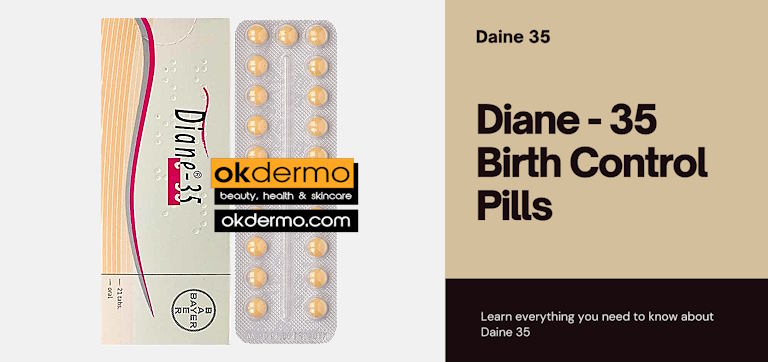Diane 35 Pills for Birth Control: Uses, Side eEffects, and More
Table of Contents
Diane 35 is a popular birth control pill renowned for its efficacy in preventing unwanted pregnancies and is widely used globally by women of reproductive age for contraception.
Moreover, Diane 35 is not just about preventing pregnancies. Comprising of ethinylestradiol and cyproterone acetate, it has also found its way into the field of dermatology as it addresses conditions like acne and hirsutism.
In this blog post, we’ll guide you through everything you need to know about Diane 35, its uses, side effects, and important considerations for proper application.
What is Diane 35?
Diane 35 pills are a type of combined oral contraceptive pill that contains two hormones: ethinylestradiol (0.035mg) and cyproterone acetate (2mg). Falling under the category of prescription-only medicine, they are used as a contraceptive to prevent unintended pregnancy and as a treatment for several other conditions.
-
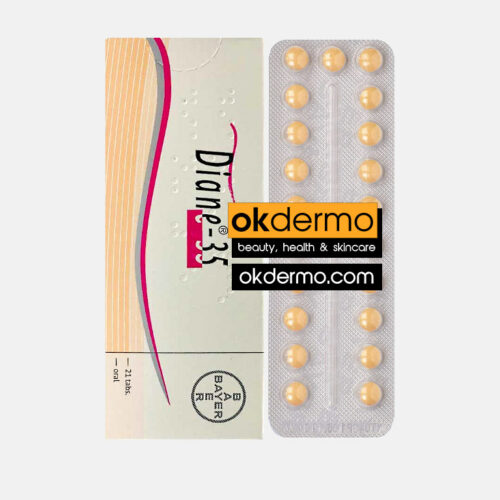
Diane 35® Tablets
Cyproterone 2mg + Ethinyl Estradiol 0.035mg
Brand name: Alisma, Ancea, Axira, Bellgyn, Bellune, Chloe, Claudia, Diclin, Feminac
Size: 21 Tablets
USD $27.00 Add to cart -

Femilon® Tablets
Ethinyl Estradiol 0.02mg + Desogestrel 0.15mg
Size: 1 Strip of 21 Tablets
Brand name: Viorele, Azurette, Bekyree, Caziant, Cyred, Juleber, Kalliga, Mircette
USD $19.00 Add to cart -
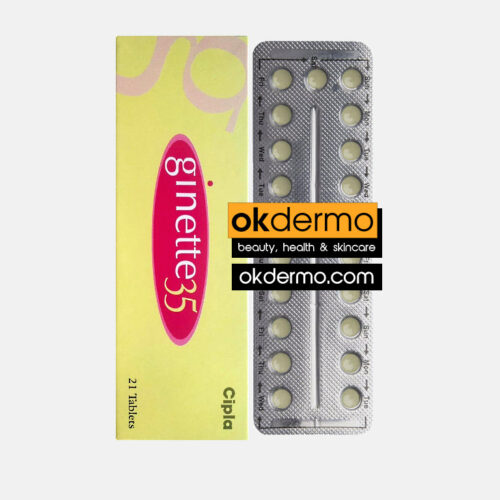
Ginette 35® Tablets
Cyproterone 2mg + Ethinyl Estradiol 0.035mg
Size: 1 Strip of 21 Tablets
Brand name: Diane 35, Alisma, Ancea, Axira, Bellgyn, Bellune, Chloe, Claudia, Diclin
USD $23.00 Add to cart -
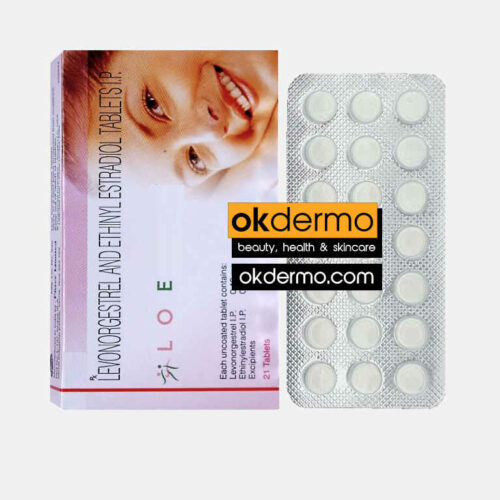
Ethinyl Estradiol + Levonorgestrel Tablets
Ethinyl Estradiol 0.02mg + Levonorgestrel 0.10mg
Size: 1 Strip of 21 Tablets
Brand name: Amethyst, Aviane, Balcoltra, Falmina, Levlen, Lillow, Levora, Vienva, Loette
USD $17.00 Add to cart
Mechanism of action
Diane 35 works in two main ways: by blocking male hormones (called androgens) and by mimicking the actions of the hormone progesterone.
The substance called cyproterone acetate, helps to reduce the effects of androgens in the body. This action prevents the release of certain hormones from the brain, which stops the ovaries from releasing eggs each month.
Additionally, Diane 35 contains ethinylestradiol, which can thicken the mucus in the cervix, making it harder for sperm to reach an egg.
Benefits of Diane 35 Pills
Beyond birth control, Diane 35 is also used to treat conditions like excessive hair growth and acne by reducing the effects of androgens on the body. Here are some reported benefits of Diane 35 pills.
Hormonal Regulation – The Hormonal ingredients of Diane 35 help regulate hormonal fluctuations responsible for conditions such as acne, hirsutism, and polycystic ovary syndrome (PCOS).
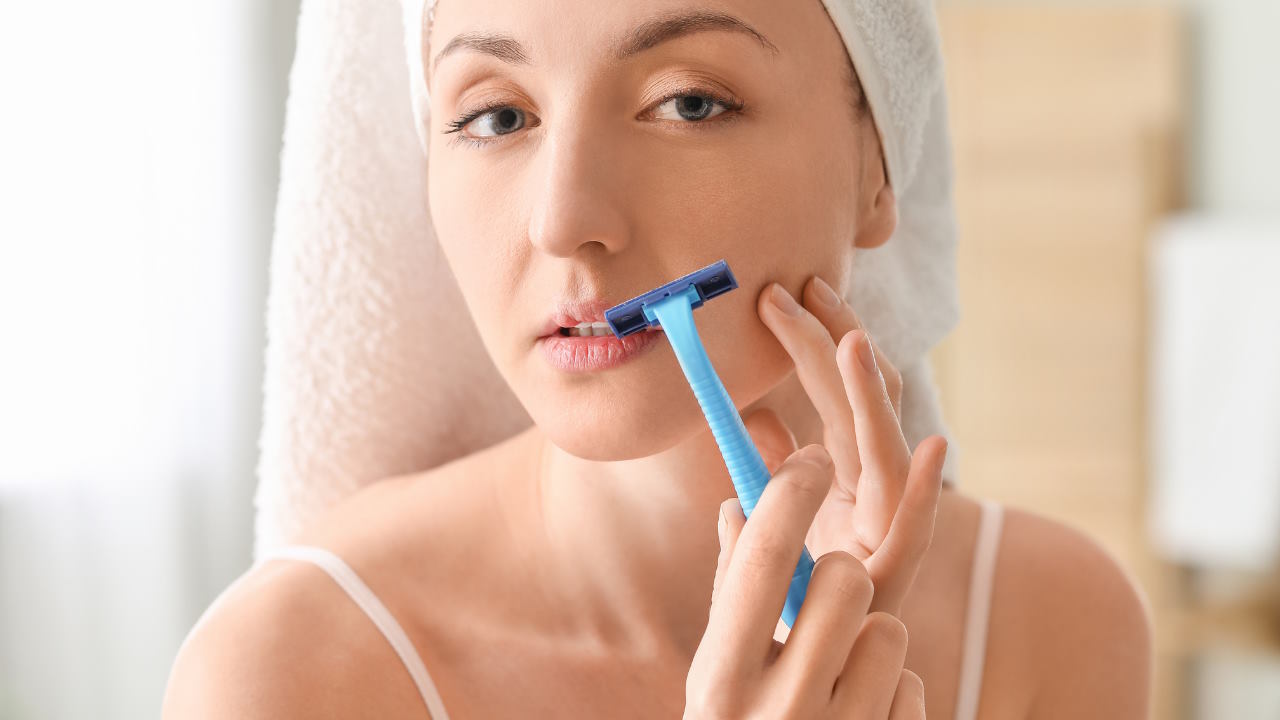
Menstrual Cycle Regulation – For individuals experiencing irregular or heavy menstrual bleeding, Diane 35 can help regulate the menstrual cycle, leading to lighter and more predictable periods.
Acne Treatment – One of the notable benefits of Diane 35 is its efficacy in treating acne. By reducing androgen levels and regulating sebum production, it can significantly improve acne severity and promote clearer skin.
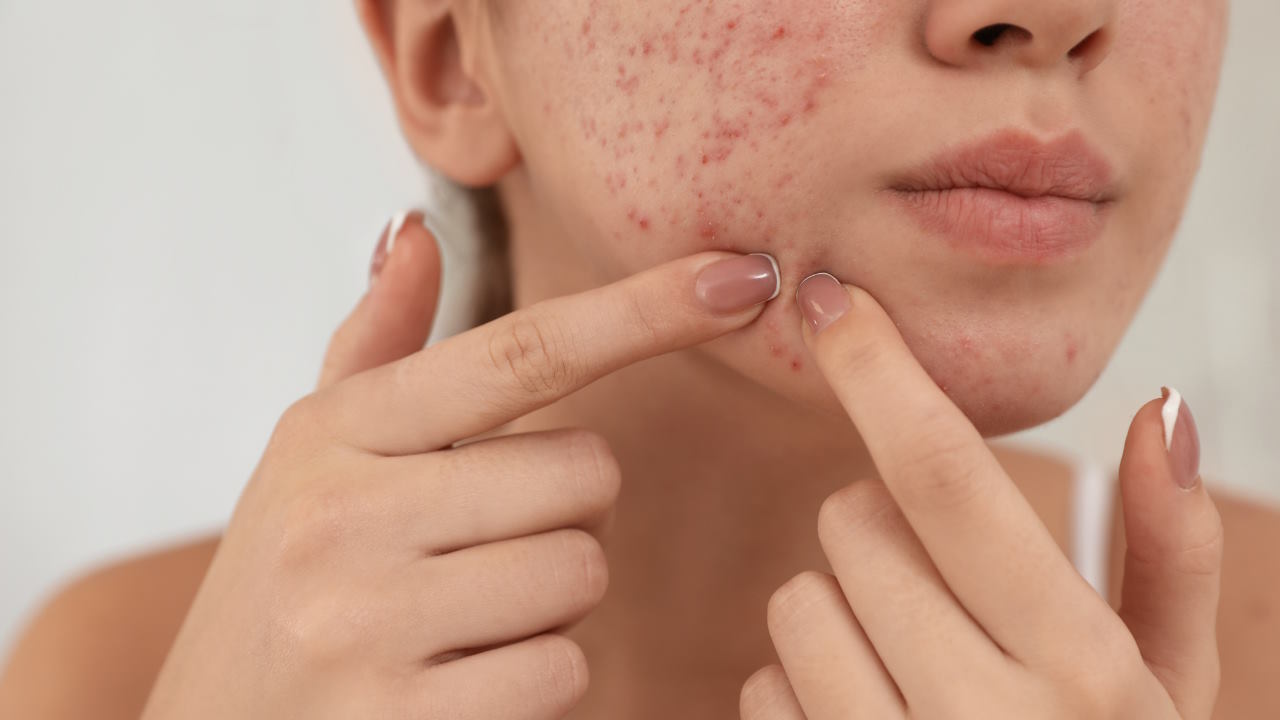
Indications for the use
- Birth Control
- Acne vulgaris
- Hirsutism
Contraindications
- Pregnancy: Diane-35 is contraindicated during pregnancy due to the risk of fetal harm.
- History of Thromboembolic Disorders: Women with a history of thromboembolic disorders such as deep vein thrombosis (DVT) or pulmonary embolism (PE) should not use Diane-35 due to the increased risk of clot formation associated with estrogen-containing contraceptives.
- Liver Disease: Severe liver disease or impaired liver function is a contraindication to the use of Diane-35 due to its potential hepatotoxic effects.
- Breast Cancer: Women with a history of breast cancer or current breast cancer should avoid Diane-35 due to the estrogen component, which may promote the growth of hormone-sensitive tumors.
- Uncontrolled Hypertension: It’s contraindicated in women with uncontrolled hypertension or hypertension with vascular disease.
- Smoking: Smoking increases the risk of serious cardiovascular side effects with Diane-35, especially in women over 35 years old.
How to Take Diane Pills
When beginning a Diane 35 regimen, it’s essential to follow the prescribed dosage and schedule recommended by your healthcare provider. However, typically, the first pill is taken on the first day of menstruation or on the Sunday following the onset of your period.
How to Use Diane Pills for the First Time
Before initiating Diane 35 for the first time, it’s imperative to consult with your healthcare provider. They can assess your medical history, discuss potential risks, and provide personalized guidance on dosage and administration.
First Time Use:
- Starting the Pill: Begin taking Diane pills on the first day of your menstrual period. This ensures immediate protection against pregnancy.
- Daily Routine: Take one pill daily, at the same time each day, without skipping any doses. This consistency is key for effective contraception.
- Duration: Continue taking the pills daily for 21 days, followed by a 7-day break. During this break, you’ll likely experience withdrawal bleeding, similar to a menstrual period. It’s important to start the next pack after the 7-day break, even if bleeding hasn’t stopped.
- Backup Contraception: For additional protection during the first cycle, consider using condoms or another barrier method for the first 7 days of pill use.
Resuming the Regimen – Diane Pills for the Second Time
- Restarting: After the 7-day break, begin the next pack of Diane pills, regardless of whether bleeding has ceased. This ensures continuous contraception.
- Same Routine: Follow the same daily routine as the first cycle: one pill daily at the same time each day, without skipping doses.
- Ongoing Use: Repeat the 21-day active pill cycle followed by a 7-day break for subsequent cycles.
- Backup Contraception: If you missed any pills during the previous cycle or started the new pack late, consider using backup contraception (e.g., condoms) for the first 7 days of the new cycle.
Adherence to Dosage
It is of paramount importance that you maintain strict adherence to the prescribed dosage and schedule when resuming Diane 35. Skipping doses or altering the regimen without medical supervision can compromise its effectiveness and increase the risk of unintended pregnancy.
Diane 35 Side Effects
While Diane 35 is generally well-tolerated, some individuals may experience mild side effects such as nausea, breast tenderness, and headache during the initial stages of treatment. However, these symptoms typically subside as the body adjusts to the medication.
- Nausea: Some women may experience mild nausea, especially when they first start taking the pill. Taking it with food or before bed can help alleviate this symptom.
- Headaches: Headaches are another common side effect, particularly during the initial weeks of starting the medication. Usually, these headaches diminish over time as the body adjusts to the hormones in the pill.
- Breast Tenderness: Some women may notice breast tenderness or enlargement while taking Diane 35. This side effect typically resolves on its own after a few weeks.
- Mood Changes: Changes in mood, such as mood swings or feelings of irritability, can occur in some individuals. These changes are usually mild and transient.
- Weight Changes: While not common, some women may experience slight weight changes, either weight gain or weight loss, while taking Diane 35. This is often due to fluid retention and typically resolves over time.
- Changes in Libido: Some women may notice changes in their sex drive while taking Diane 35. This can manifest as either an increase or decrease in libido.
- Skin Changes: Diane 35 is sometimes prescribed to improve acne or oily skin. While many women experience improvement in their skin, others may notice mild skin changes such as dryness or oiliness.
Serious Side Effects
In rare cases, Diane 35 may be associated with more serious side effects, including blood clots, hypertension, and liver complications, and, for this reason, it has also faced regulatory actions in some countries.
Here are the details:
- France: Diane-35 was briefly banned in France due to concerns about its association with a higher incidence of blood clotting.
- United States: Diane-35 has never been approved for use in the United States.
In summary, while Diane-35 is not universally banned, its sale has been suspended in certain regions due to safety considerations. Therefore, it is advised to consult with a healthcare professional for personalized advice regarding contraceptive options and potential risks.
Diane 35 Before and After: What to Expect
When it comes to contraception, it’s important to maintain realistic expectations regarding the results and potential side effects when using Diane 35. While some individuals may notice certain side effects caused by the alteration of the hormone balance in the body, these symptoms may subside gradually as the body adjusts to the medication.

Best Time to Take Diane Pills
For optimal effectiveness, Diane pills should be taken at the same time each day to maintain stable hormone levels in the body. This consistency helps ensure continuous contraceptive coverage.
Typically, healthcare providers advise starting the first pill on the first day of menstrual bleeding or on the first Sunday after the onset of menstruation. Following this initial start, it’s important to adhere to a daily schedule, taking one pill every day without skipping doses.
Monitoring Progress
Regular follow-up appointments with your healthcare provider are essential to monitor your progress while using Diane 35. They can assess the efficacy of the medication, address any concerns or side effects, and make necessary adjustments to your treatment plan.
Conclusion
In conclusion, Diane 35 is a widely used birth control pill with numerous benefits, including hormonal regulation, menstrual cycle management, and acne treatment. By understanding how to take Diane pills correctly, potential side effects, and what to expect before and after initiating the regimen, individuals can make informed decisions about their reproductive health.
FAQs
-
What are the benefits of taking Diane?
Diane, also known as Diane-35, is primarily used as an oral contraceptive. Apart from preventing pregnancy, it is also beneficial in treating acne and hirsutism (excessive hair growth) in women. Additionally, Diane can help regulate menstrual cycles and reduce menstrual cramps.
-
Is Diane-35 banned in the US?
Diane-35 was never introduced in any form in the United States due to concerns over its risk of causing blood clots. The formulation of Diane contains cyproterone acetate, which is an antiandrogen and can increase the risk of venous thromboembolism (VTE), especially when compared to other contraceptive pills available in the US.
-
Do you gain weight on Diane birth control?
Weight gain can be a potential side effect of Diane birth control, though it varies from person to person. Some individuals may experience slight weight gain due to water retention or changes in appetite, while others may not notice any significant weight change.
-
When is the best time to start taking Diane pills?
The ideal time to start taking Diane pills is on the first day of your menstrual period. Starting on the first day ensures immediate contraceptive protection. However, if you start taking Diane on any other day of your cycle, it is essential to use additional contraception (such as condoms) for the first seven days to prevent pregnancy.
References
- Crichton ML, Craven NM, Davey R, Horsfall M, Whitehead C, et al. “Efficacy and safety of cyproterone acetate/ethinyl estradiol in the treatment of moderate acne: a systematic review and meta-analysis of randomized controlled trials.” Contraception. 2016 Sep;94(3):295-304. PubMed Link
- Fan W, Li X, Zhang X. “Cyproterone acetate/ethinyl estradiol in the treatment of acne and risk of thromboembolism: a meta-analysis of observational studies.” Arch Gynecol Obstet. 2017 Feb;295(2):439-447. PubMed Link
- Basak S, Gücer F, Ozay AC, Alkan A. “A comparison of the efficacy and safety of Diane 35 and Diane 35 plus finasteride in the treatment of hirsutism.” Fertil Steril. 2005 Sep;84(3):721-5. PubMed Link
- Uras R, Orrù M, Pani F, Marotto MF, Pilloni M, et al. “Quality of life, efficacy, and safety of Diane-35® in the treatment of polycystic ovary syndrome.” Int J Endocrinol. 2013;2013:686894. PubMed Link
- Mueck AO, Sitruk-Ware R, Moehner S, Lukkari-Lax E, Meaddough E, et al. “Comparison of the efficacy and tolerability of two contraceptive formulations containing drospirenone and 30 microg of ethinyl estradiol or 20 microg of ethinyl estradiol.” Contraception. 2006 Aug;74(2):100-105. PubMed Link
Post by:
Dr.Marcella Jiovanni
Health and Beauty Expert
“Marcella Jiovanni actively promotes the importance of maintaining healthy skin, she envisions the future of dermatology as moving away from pure medical, pharmacological dermatology and flowing more toward a holistic approach to wellness and skincare.”

